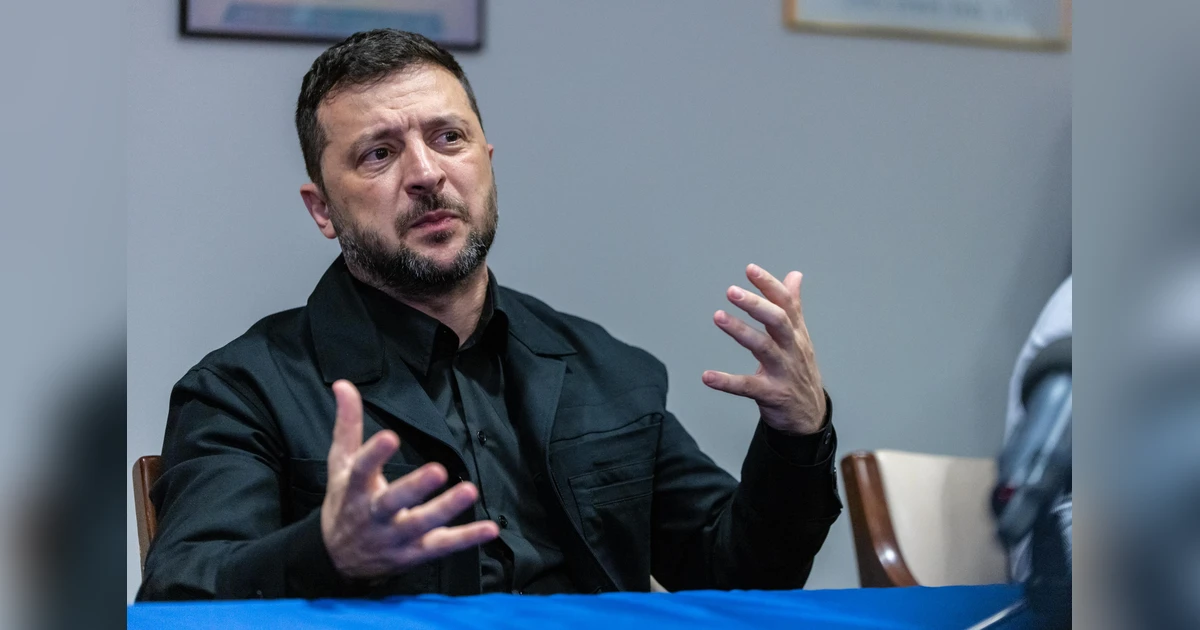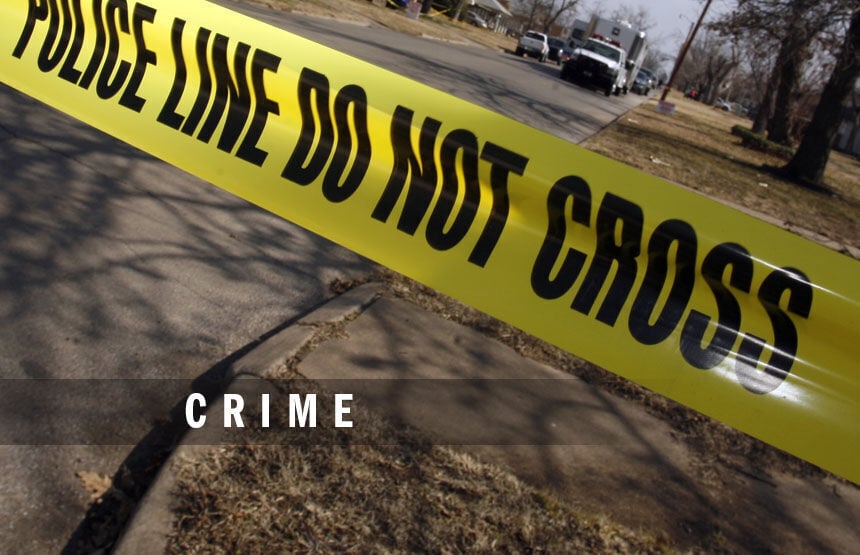Russia’s continuous bombardment of Ukraine’s power grid has heightened fears for the safety of key nuclear sites, including Chernobyl and Zaporizhzhia. Officials warn that recent drone strikes, combined with power outages, could jeopardize critical cooling and radiation monitoring systems.
Zelenskyy warns Russian drones endanger Chernobyl, other nuclear plants

Key Takeaways:
- Russia’s attacks on Ukraine’s power grid raise serious nuclear safety concerns.
- A drone strike disrupted power for three hours at the Chernobyl site.
- Zaporizhzhia, under Russian occupation, became disconnected from the grid.
- Cooling systems for spent fuel rods require uninterrupted electricity supply.
- Blackouts threaten radiation monitoring crucial for public safety.
Russia’s Sustained Bombardment
Russia’s ongoing strikes on Ukraine’s power grid have sparked worries about nuclear safety across the country. According to recent reports, the constant pounding on infrastructure has exceeded ordinary concerns, prompting government officials and international observers to sound alarms about the risks faced by nuclear facilities.
Chernobyl Under Drone Attack
A recent drone strike knocked out electricity for more than three hours at the Chernobyl site—a stark reminder of why constant power is essential. Although the facility is no longer operational, it still stores spent fuel rods that require a regular cooling process. Prolonged power outages, officials warn, could threaten the safe storage of radioactive materials.
Zaporizhzhia’s Growing Vulnerability
Zaporizhzhia, currently under Russian occupation, has also been disconnected from the power grid. Both Ukraine and Russia blame each other for the attacks that caused the disruption. Despite not being in active operation, the plant’s spent fuel rods still demand a stable power supply for continued cooling. Any loss of power heightens the risk of a nuclear incident.
Why Continuous Power Matters
Maintaining a flow of electricity is critical for two main reasons: controlling temperatures in spent fuel rod pools and ensuring radiation monitoring systems remain functional. A blackout could briefly halt monitoring for dangerous rises in radiation levels—a potentially catastrophic scenario if not swiftly resolved.
Zelenskyy’s Warning
Ukrainian President Volodymyr Zelenskyy accuses Russia of deliberately creating the threat of radiation incidents. His statement underscores rising anxieties both domestically and internationally. The international community, including the UN’s International Atomic Energy Agency monitoring on-site, remains cautious about further escalation.
Comparing Key Facilities
Below is a brief overview of the two nuclear sites facing immediate challenges:
| Facility | Status | Main Concern |
|---|---|---|
| Chernobyl | Not operational | Power outages threaten spent fuel cooling and radiation monitoring |
| Zaporizhzhia | Occupied | Disconnected from grid, requires stable power for cooling systems |
By highlighting these threats, Ukrainian authorities and global watchdogs hope to bring attention to the urgent need for stabilizing the region’s power infrastructure. With power disruptions looming, the safety of millions—and the broader region—hangs in the balance.











